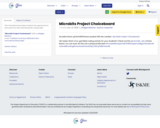
This choiceboard provides students the opportunity to earn points by demonstrating their coding skills.
- Subject:
- Algorithms and Programming
- Computer Science
- Material Type:
- Activity/Lab
- Interactive
- Date Added:
- 01/10/2020

This choiceboard provides students the opportunity to earn points by demonstrating their coding skills.
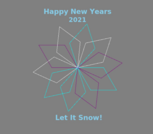
The students will copy and paste code snippets from Google Slides and run them on Replit. After students run the code, they will screenshot the images created using "import Turtle", a graphics program within Python. These screenshots will be used as a digital greeting card and students will practice composing emails. Lastly, students send/email their created digital artifacts to three of their friends or family members to wish them a "Happy New Year".*The image attached is just a sample and may or may not be what this lessons code creates.

In this lesson, students learn the basics of coding for the Micro:Bit using the MakeCode development tool. Students will engage in PRIMM cycles, pair programming, and will begin working on the puzzle box they’ll finish in later lessons by building an “unlocking” animation using display output blocks.This lesson is part of the Micro:Bit Puzzle Box four-lesson sequence. Read about the sequence in the sequence overview, linked here.

Students will learn about the functional parts of plants and how they help a plant to survive. Students will use block-based programming language to code a path from plant parts to their matching function.
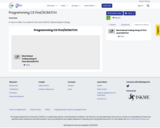
A "How to Video" to model CS First and SCRATCH (Block Based Coding).
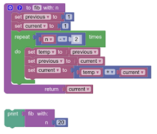
Rhyming Words Coding is a cross-curricular lesson designed by an Elementary Computer Resource Teacher to support Math instruction. Created By: Amanda Henley Powhatan County Public Schools..

Developed by the Science Museum of Western Virginia, this educator outline is intended to assist in guiding middle school-aged students through various activities using the Rokit Smart robot kit. The Rokit Smart utilizes Arduino, a widely-used open-source environment for programming that enables users to create interactive electronic objects. Designed through modules, the activities can be grouped to fit after-school, summer camp, or other student enrichment needs.

Developed by the Science Museum of Western Virginia, this educator outline is intended to assist in guiding middle school-aged students through various activities using the Rokit Smart robot kit. The Rokit Smart utilizes Arduino, a widely-used open-source environment for programming that enables users to create interactive electronic objects. Designed through modules, the activities can be grouped to fit after-school, summer camp, or other student enrichment needs. *Module 4 is meant to be done after Modules 1-3 are completed.

This lesson introduces 9-12 grade students to the tuple data type using Python. Students will learn what tuples are and how to create and use them.
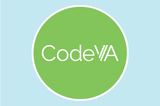
This site is a guide intended to help people use (or teach others to use) Twine. Twine is a tool for creating websites, but instead of the website being about a topic, or hosting a storefront, or containing blog posts, Twine websites tell stories.
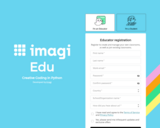
imagi offers inclusive, fun, and easy-to-use tech education tools including a platform to learn how to code at school.
imagi Edu is a free website (Chrome) and tablet app (iPad and Android) that includes a Python code editor, classroom management tools, and detailed lesson worksheets and slides! These resources are ideal for kids ages 8-14+ and their educators.